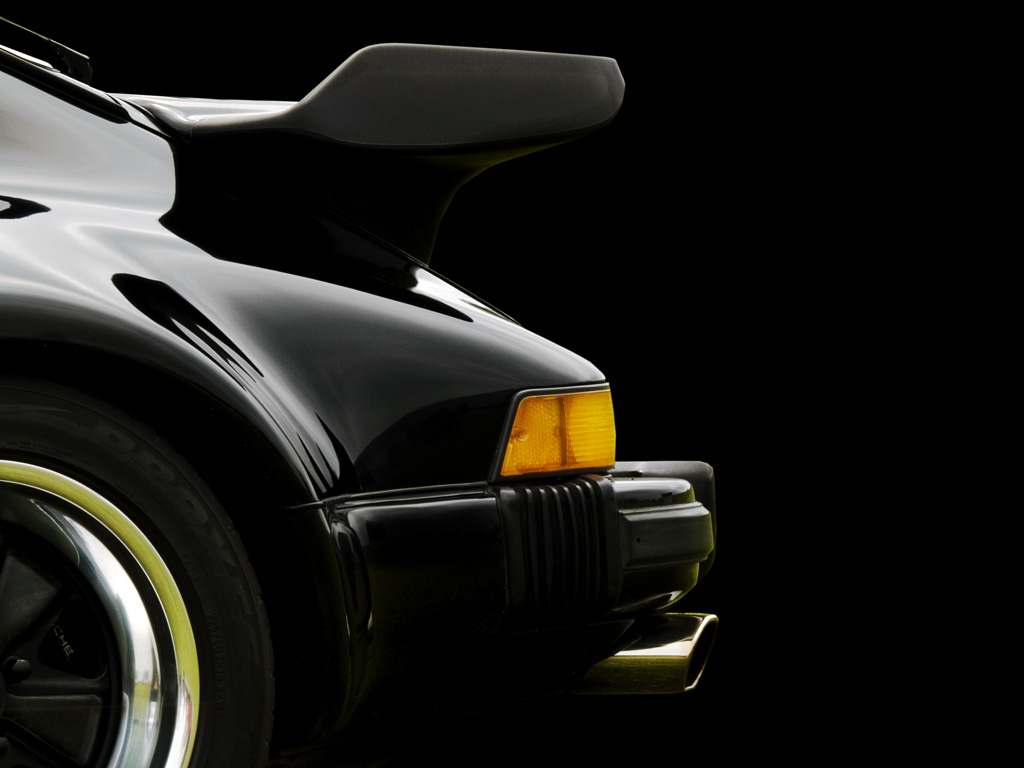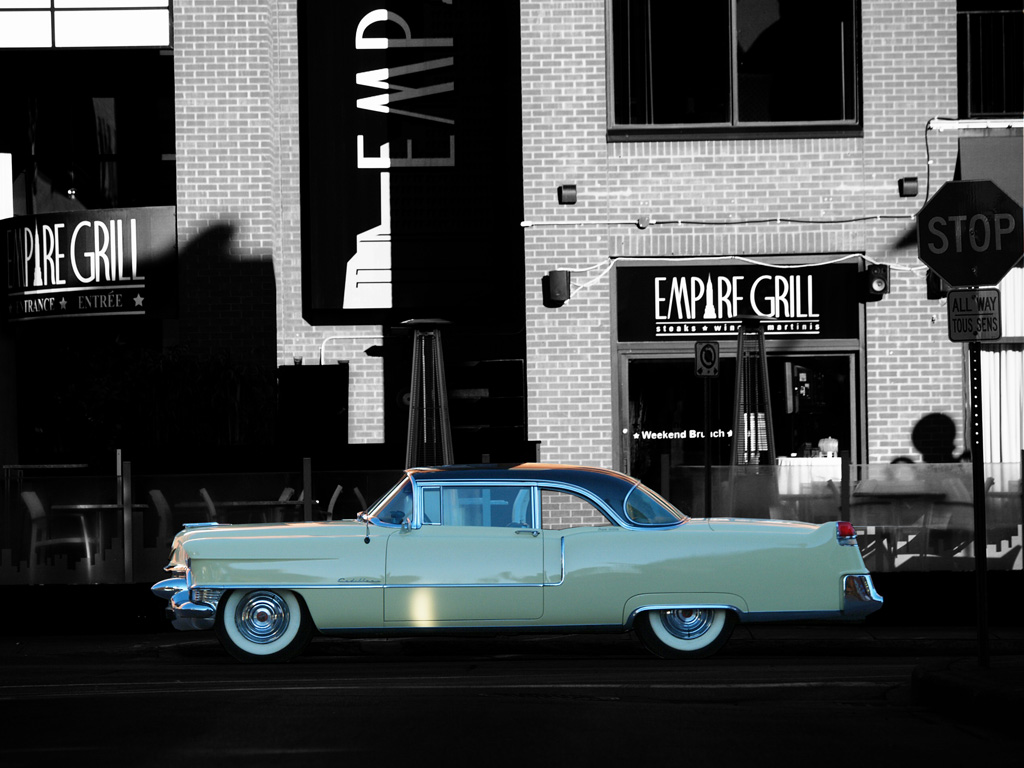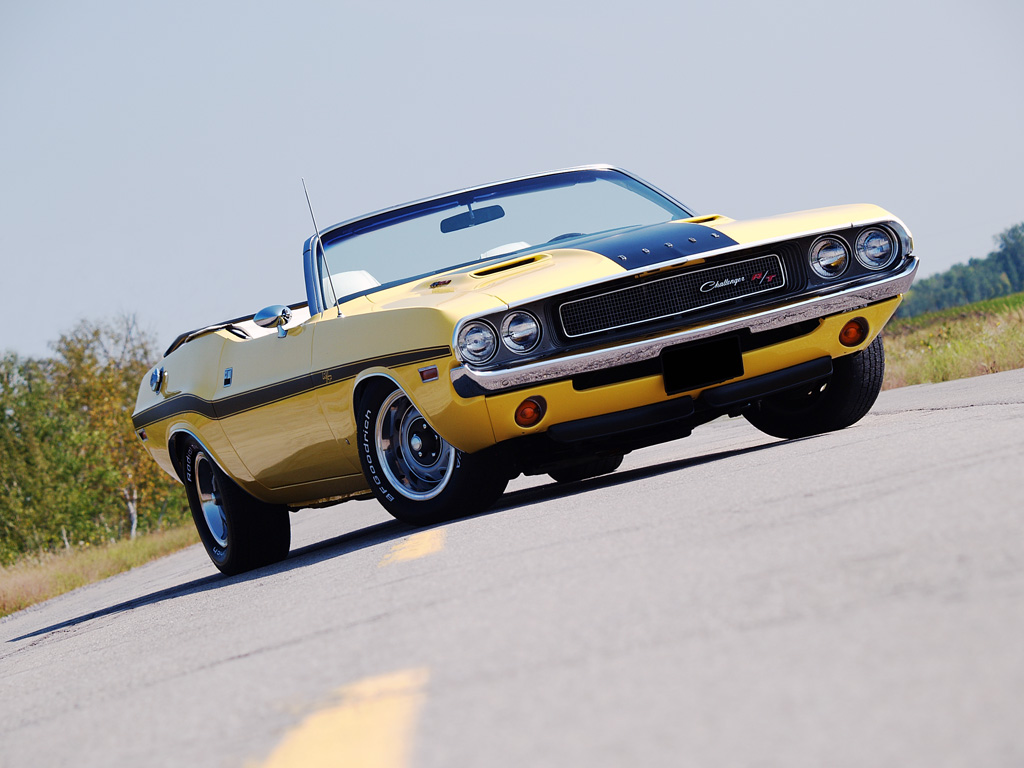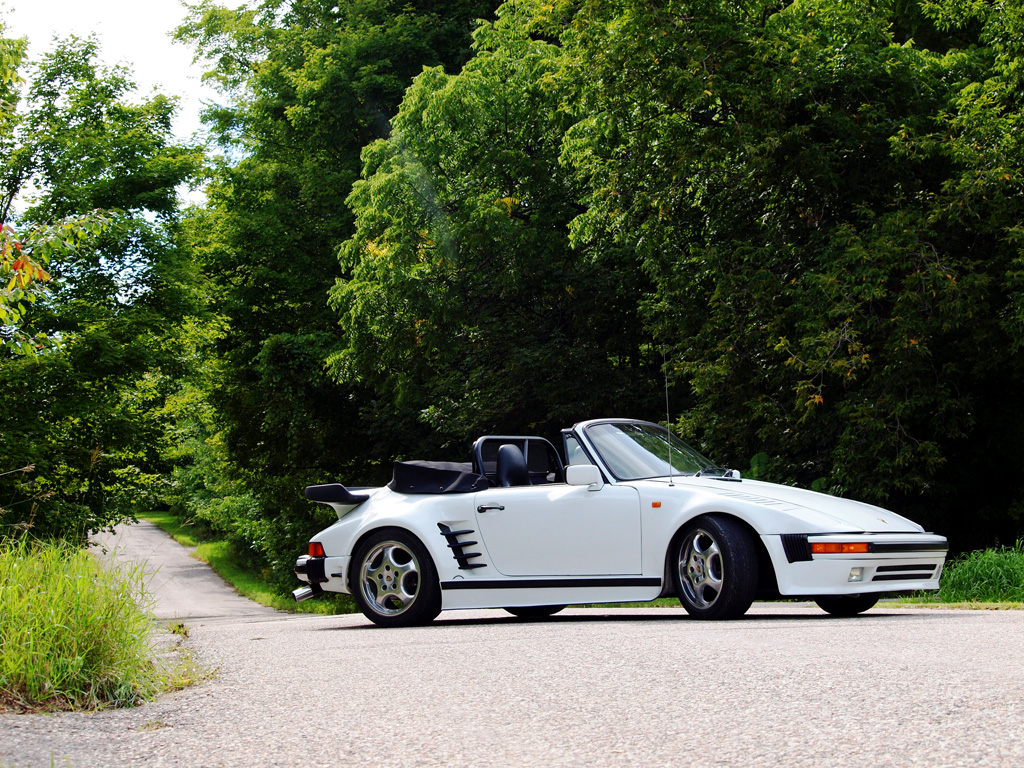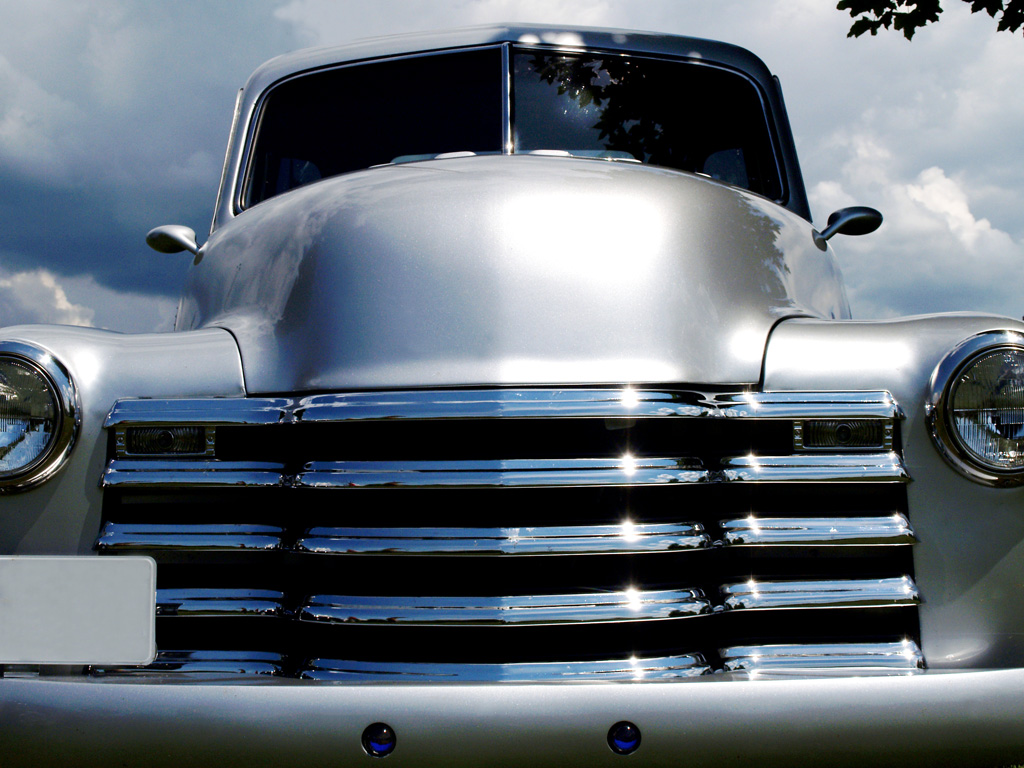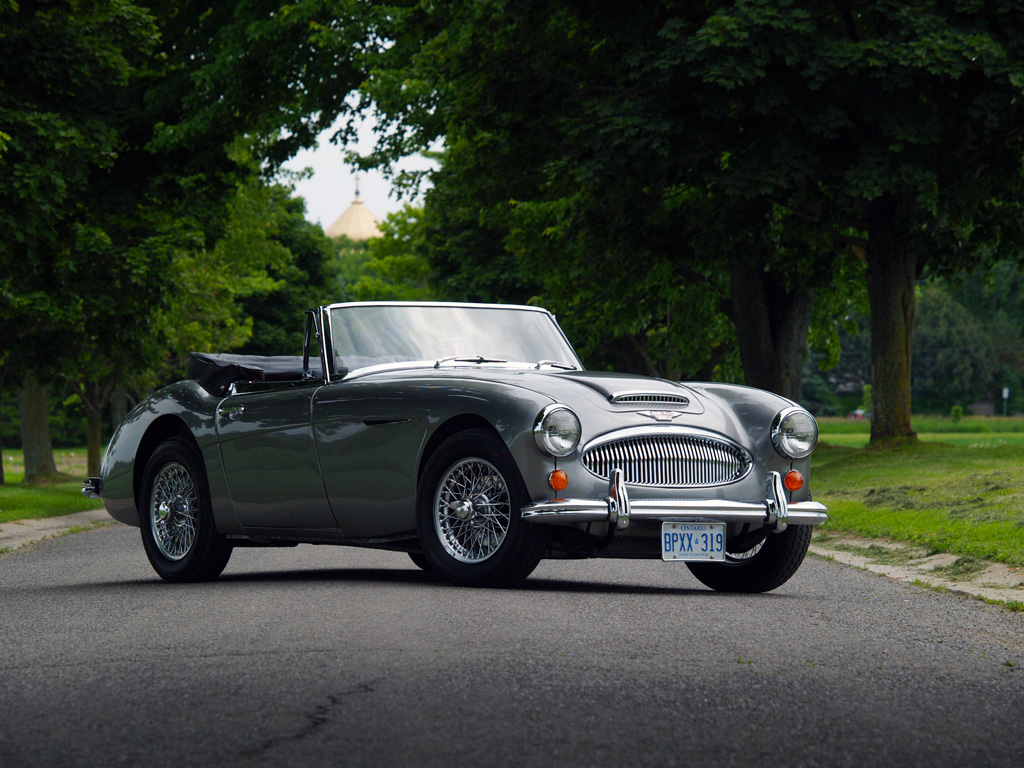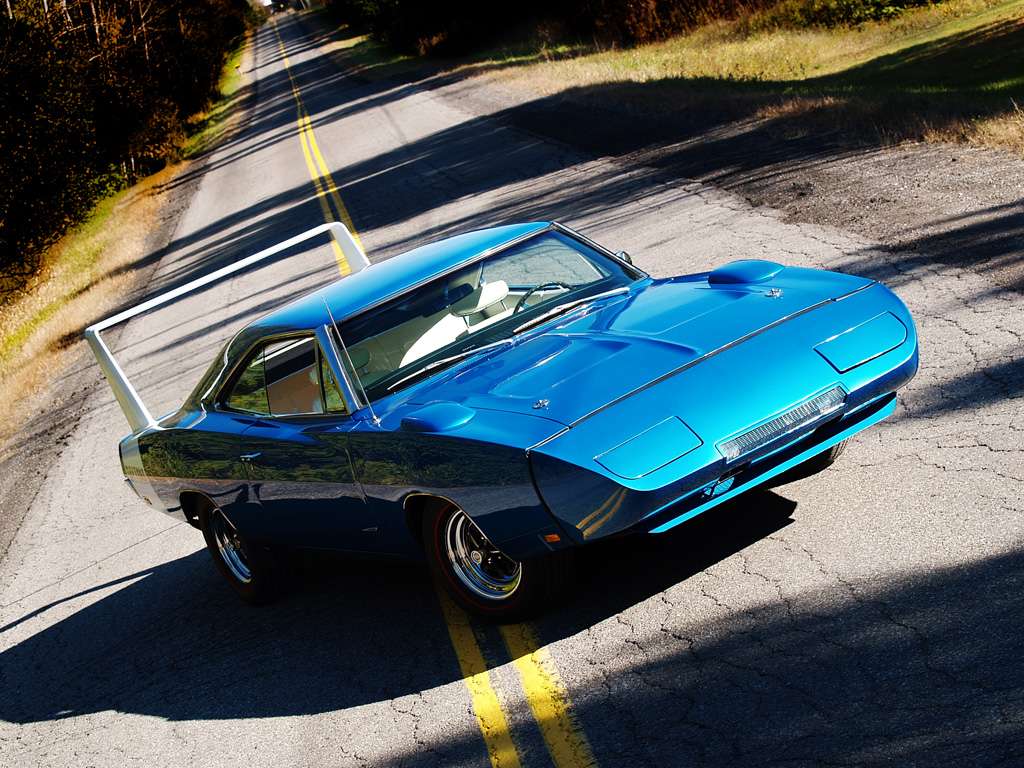Depending on the circumstances, such as at an auto show, it is simply too difficult to shoot a car without getting the next car in the frame or impossible avoiding annoying background interference. Instead, shoot close-ups. Ask yourself what draws you to the car. Then shoot the features that are compelling. Close-up shots convey a wealth of information to the viewer such as the era of the car, the style, class and personality with the intention to whet the viewer’s appetite for more.
Close-up shots make great posters, but always use a tripod whether it is for a macro lens, fisheye and up to a 500mm lens, it is key that your shot is sharp since the depth of field will be narrow. This is an excellent opportunity to shoot hood ornaments in sharp contrast to a blurred background.
LOCATION SHOOT
To my mind, location is everything in enhancing the character of the car. Having said that, make sure the background complements the car and is not vying for the viewer’s attention. Before the actual shoot, scout for locations that would be ideal. The last thing you want to do is be clueless as to the ideal site. This wastes precious time and, by not knowing where to shoot, may result in less than a satisfactory shoot.
To help in this manner, always keep a pencil and pad in your car and write down any location you come across as a potential spot for future shoots as well as recording the best times regarding lighting. Pay close attention to extraneous objects such as telephone poles and hydro wires, street signs, tree branches, unappealing buildings and, of course, people. All this will determine how much post-production you may have to do in eliminating it all. Unless the vehicle is a Jeep or SUV, avoid placing the vehicle on a lawn or a grassy field. The blades of grass will hide the bottom of the tires and produce irregular reflections or shadows on the lower panels or chrome.
At certain facilities you may need to get permission to photograph. Knowing that you are photographing a classic car people are usually more than obliging to give you permission. Besides, it’s a great conversation piece. Otherwise, they may charge you a small fee or request you sign a permit. If there are stipulations, obey them. Since they are doing you a favour, suggest you give their facility credit or send them copies of the images as a token of your appreciation. Who knows, it could lead to doing some promotional work for them.
SCOUTING
If it’s a car from the ‘50s or a hot rod, look for worn-out signage on walls, old gas stations, diners, or dated buildings.
If it’s a muscle car, look for a site that would have looked natural in East Berlin: gritty, derelict and disused warehouses and factories, seedy urban streets. Another option is a stretch of deserted road. Position the car in the middle of it at a 45-degree angle. Always have the front wheels turned to see as much chrome and tire width as possible.
If it’s a modern car, search for a modern or reflective building, the top of a parking lot, under a street lamp, or at the crest of a hill with an expansive scene.
If it’s a British or European car, search for the high society look: a manor estate, a long driveway, a pier, a meandering country road or setting, or a cobblestone urban street.
Keep in mind whether the colour of the car will be conducive to the surroundings you will suggest. You want the car to be the dominant feature.
ANGLED SHOTS
Each angle you shoot at can convey a psychological effect. For example, when I shoot muscle and sports cars, my favourite angle is the ground-up shot. I literally lie on the ground and use my camera bag as my camera mount. The effect this angle has is to translate a menacing and intimidating appearance. It depicts the heaviness of the vehicle.
An eye-level shot gives the assumption of equality and an aerial shot proposes a feeling of glamour, copious grandeur, and a sense of independence. A panning shot suggests the notion of speed.
Good shooting.
About the author
Clive Branson
Principal
Provocadv.com | Ottawa, Ontario, Canada
Bransonshirley@sympatico.ca
613-241-1923



